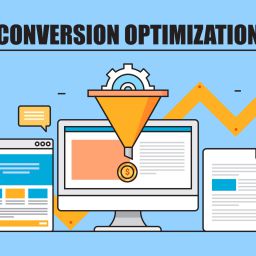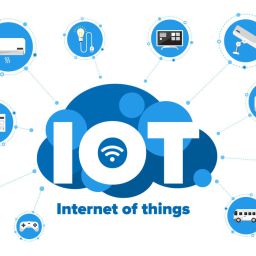
Software Development Architecture in pondicherry Software Development Architecture in pondicherry
Delving into the intricate world of software architecture that powers LeMeniz, we uncover the foundational elements that contribute to its seamless functionality and efficiency. Here’s a comprehensive exploration:
1. Microservices Architecture
LeMeniz adopts a microservices architecture, breaking down its functionality into modular, independently deployable services. This approach enhances scalability, facilitates easier maintenance, and allows for flexibility in updating individual components without affecting the entire system.
2. Containerization with Docker
Containerization, facilitated by Docker, plays a pivotal role in LeMeniz’s software deployment. Containers encapsulate software and its dependencies, ensuring consistency across various environments. This promotes easy deployment, scalability, and efficient resource utilization.
3. Cloud-Native Infrastructure
Built on a cloud-native infrastructure, LeMeniz leverages the benefits of cloud services, providing scalability, reliability, and performance optimization. Cloud platforms enable seamless integration with other services, enhancing overall system capabilities.
4. API-First Design
An API-first design approach ensures that LeMeniz’s services are developed with well-defined interfaces from the outset. This not only promotes modularity but also allows for easy integration with external systems and future-proofing against evolving requirements.
5. Data Storage: NoSQL Databases
In managing vast amounts of data efficiently, LeMeniz employs NoSQL databases. These databases, like MongoDB or Cassandra, offer scalability and flexibility, making them well-suited for handling diverse data types and high volumes of transactions.
6. Event-Driven Architecture
An event-driven architecture allows LeMeniz to respond dynamically to various inputs and events. This model facilitates real-time processing, enabling quick reactions to user interactions and system events.
7. Load Balancing for Scalability
Ensuring optimal performance under varying workloads, LeMeniz implements load balancing techniques. Distributing incoming network traffic across multiple servers prevents any single server from becoming a bottleneck, thus enhancing scalability.
8. Continuous Integration/Continuous Deployment (CI/CD)
LeMeniz follows CI/CD practices to streamline the development and deployment pipeline. Automated testing and continuous integration ensure code quality, while continuous deployment facilitates swift and reliable releases.
9. Security Measures: Encryption and Authentication
Security is paramount for LeMeniz. The architecture includes robust encryption protocols to safeguard data transmission and stringent authentication mechanisms to control access, ensuring the confidentiality and integrity of user information.
10. Monitoring and Logging
A comprehensive monitoring and logging system keeps a vigilant eye on LeMeniz’s performance. This aids in identifying issues proactively, optimizing resource utilization, and ensuring a seamless user experience.
11. DevOps Culture
Embracing a DevOps culture, LeMeniz fosters collaboration between development and operations teams. This ensures a smoother development-to-deployment cycle, quicker issue resolution, and overall system reliability.
12. Machine Learning Integration
For enhanced user experiences and personalized interactions, LeMeniz integrates machine learning components. This inclusion allows the system to learn and adapt to user behaviors, providing a more tailored and responsive service.
In conclusion, LeMeniz’s software architecture stands as a testament to the fusion of cutting-edge technologies and best practices. By incorporating microservices, containerization, cloud-native infrastructure, and other key elements, LeMeniz ensures a robust, scalable, and secure platform, ultimately delivering a seamless user experience.
















